|
|


|
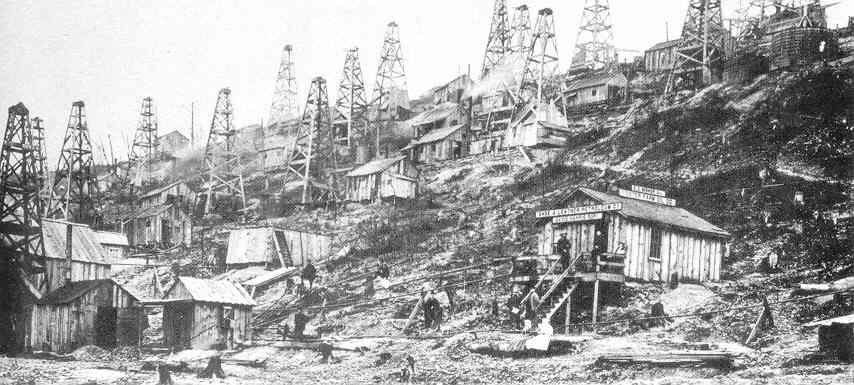
Oil boom at Pioneer Run,
Pennsylvania
American Petroleum
Institute
Young "Breaker Boys" in
Pennsylvania
Lewis Hine / National
Archives
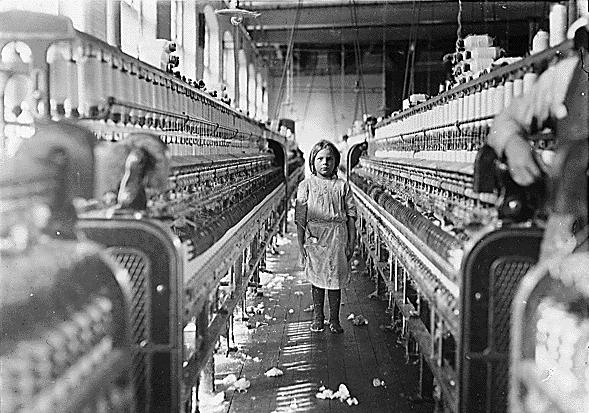
Child Laborer, Newberry,
S.C. 1908.
The overseer said apologetically,
"She just happened in." She was working steadily
Lewis W. Hine – National
Archives

A girl is being taught the
operation of a spinning machine
George Eastman House
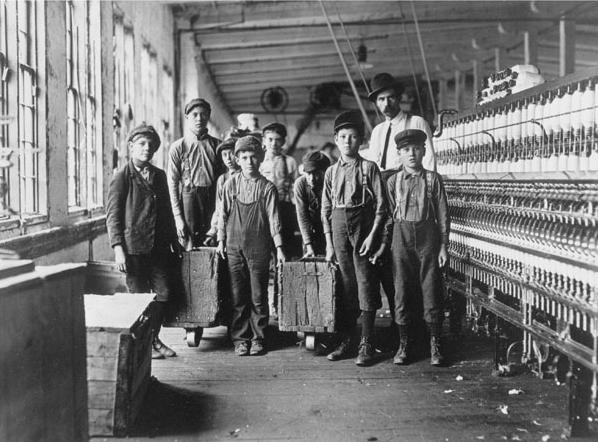
"Some of the doffers and
the Supt. Ten small boys and girls about this size out of a
force of 40 employees. Catawba
Cotton Mill. Newton, NC"
By Lewis Hine, December
21, 1908
National Archives
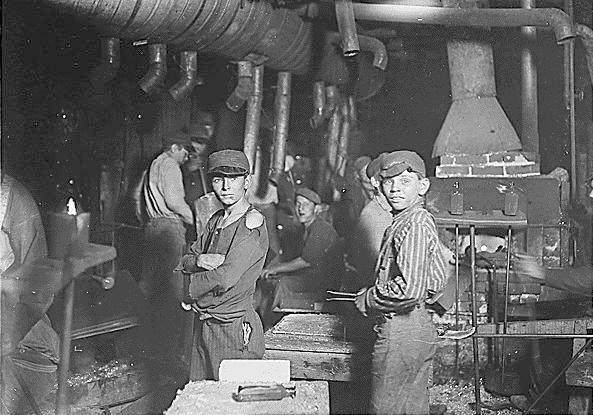

|
An Italian family arriving
in America
New York Public Library.
Astor, Lenox and Tilden Foundations
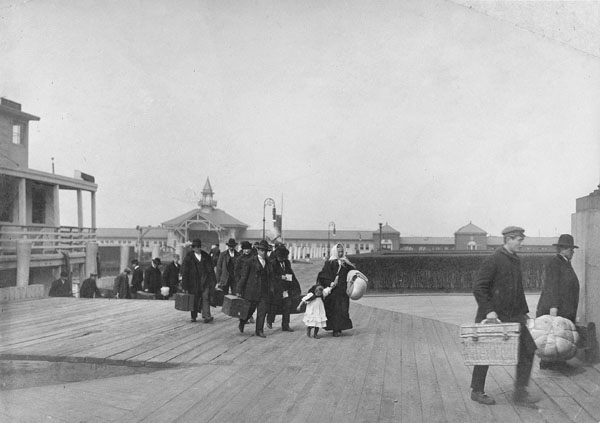
"Immigrants Landing at Ellis
Island"
National Archives
Immigrants landing on Ellis
Island
Ellis Island
New York Public Library
A waiting room on Ellis
Island
(the Ellis Island facility
processed an average of 4000 people a day,
2,000 of which had to stay overnight)
New York Public
Library

|
New York City – after 1900
Henry Ford
Museum, Dearborn Michigan
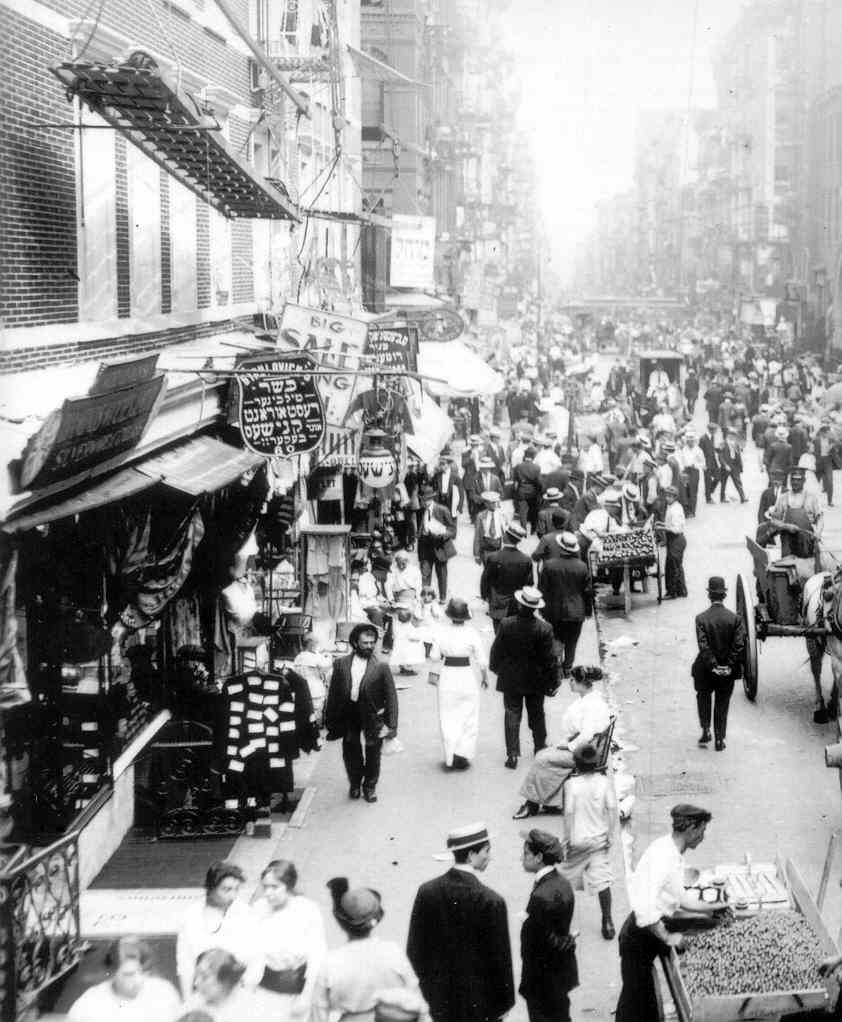
New York's Lower East Side
Lewis Hine Collection /
New York Public Library
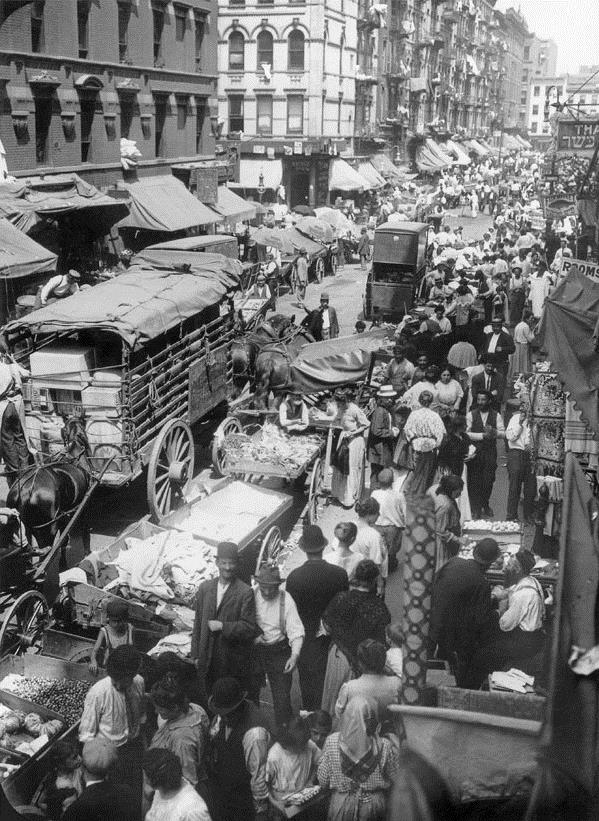
"Hester Street, New York
City"
By an unknown photographer,
ca. 1903
National Archives
Mulberry Street – New York
City – 1900
(the center of the city's
"Little Italy"
Library of Congress
Mulberry Street, New York's
Lower East Side
Library of Congress
Italian immigrant family
working at home in a New York tenement making artificial flowers
Life in the tenements could
be very tough

|
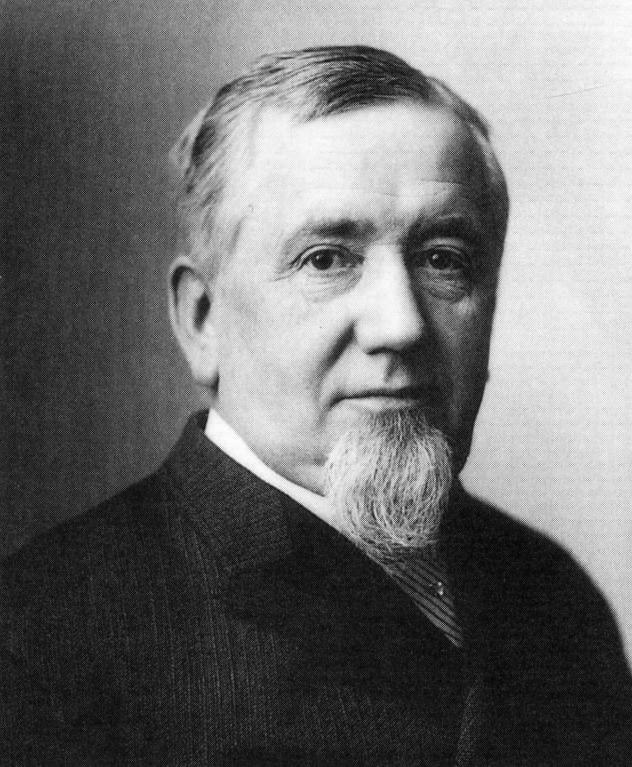
George Pullman – owner of
the Pullman Palace Car Co.
(specializing in private
luxury cars for the very wealthy American elite)
One of George Pullman's Pullman
Palace Car Co. private luxury cars – The Countess
Library of Congress
Federal troops sent to Chicago
by President Cleveland to break the Pullman strike – 1894
Library of Congress
Deputies awaiting strikers
at the Williamsburg Sugar Plant – 1910
Library of Congress
LC-B2-2045-6
Ladies Tailors strikers – 1910
Library of Congress
Woolen mill strikers at Lawrence,
Massachusetts menace strike-breakers – 1912
Library of
Congress
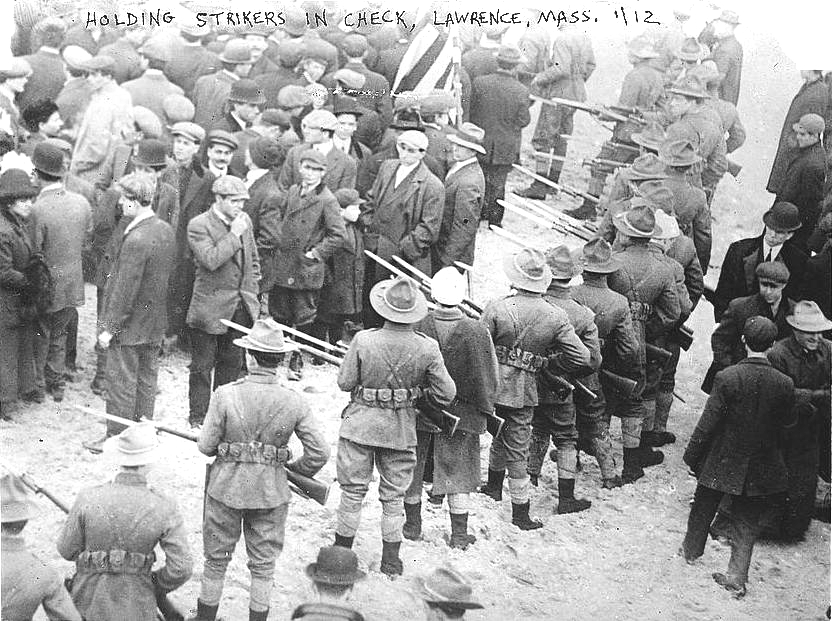
Woolen mill strikers at Lawrence,
Massachusetts menace strike-breakers – 1912
Library of
Congress
Woolen mill strikers at Lawrence,
Massachusetts confronted by state militia – 1912
Library of Congress
(LC-USZ62-23725)

|
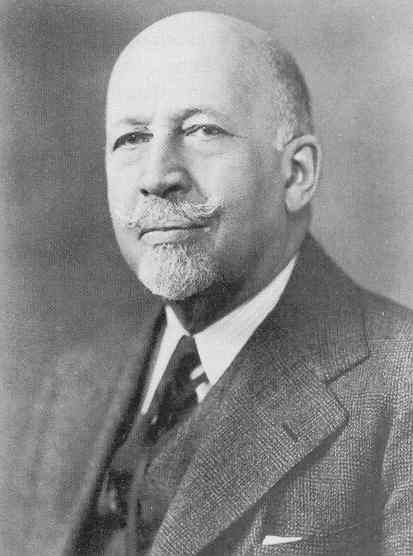
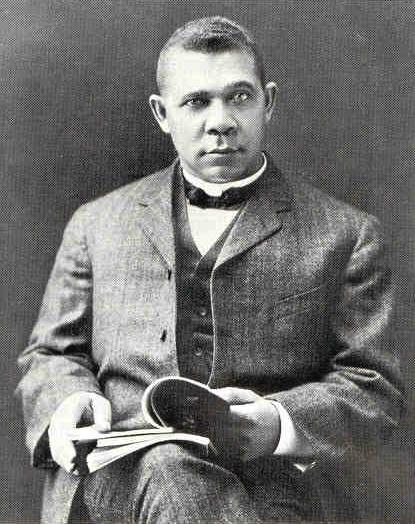
William Edward Burghardt
Du Bois (1868-1963) and Booker T. Washington

Booker T. Washington
Library of Congress

|
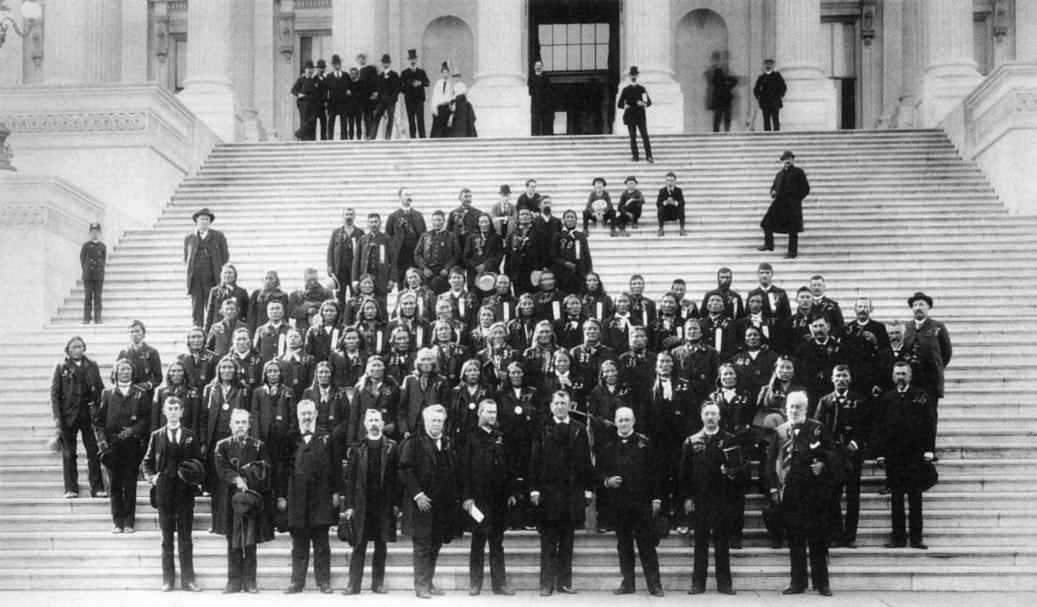


Miles H. Hodges